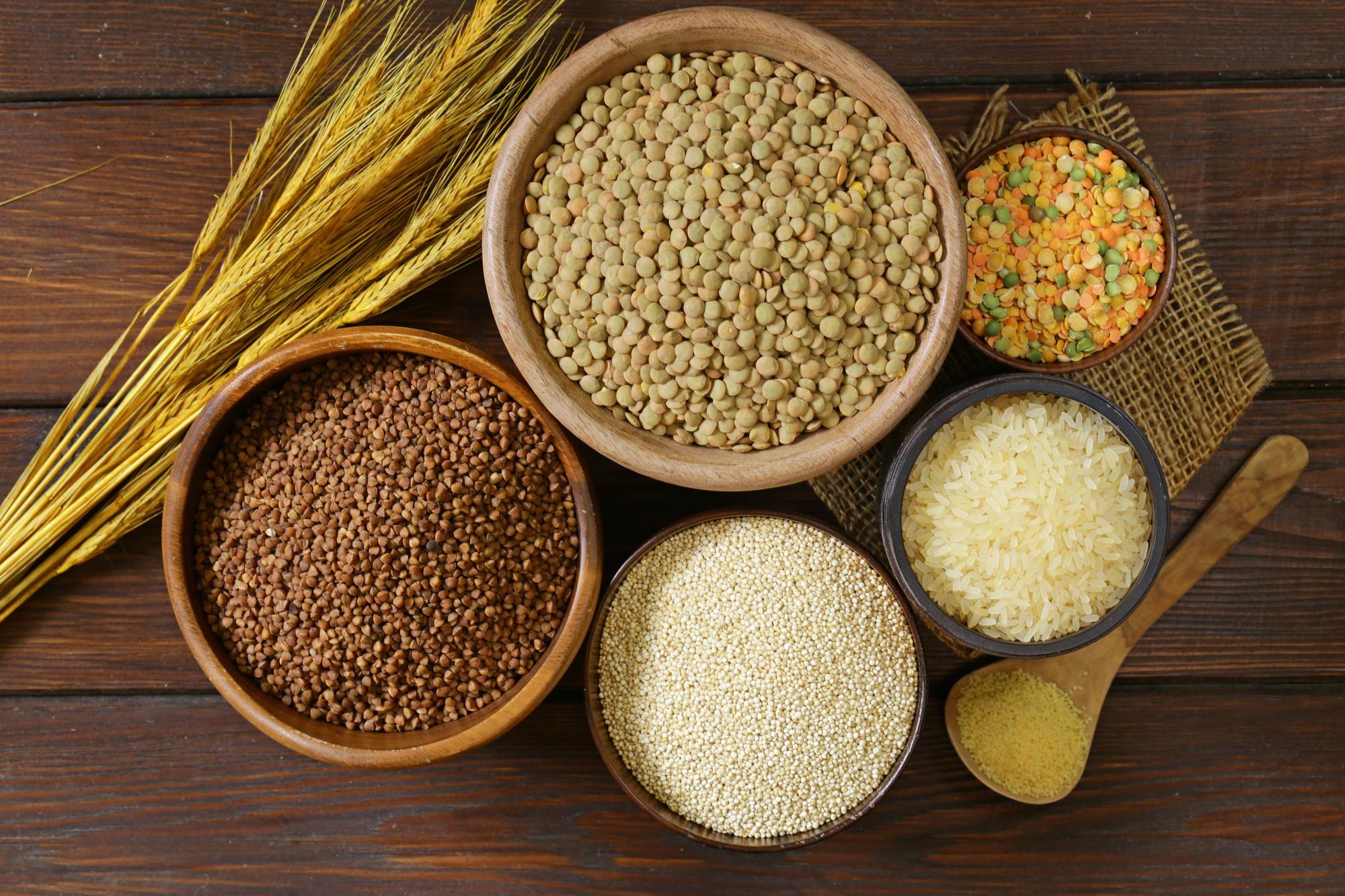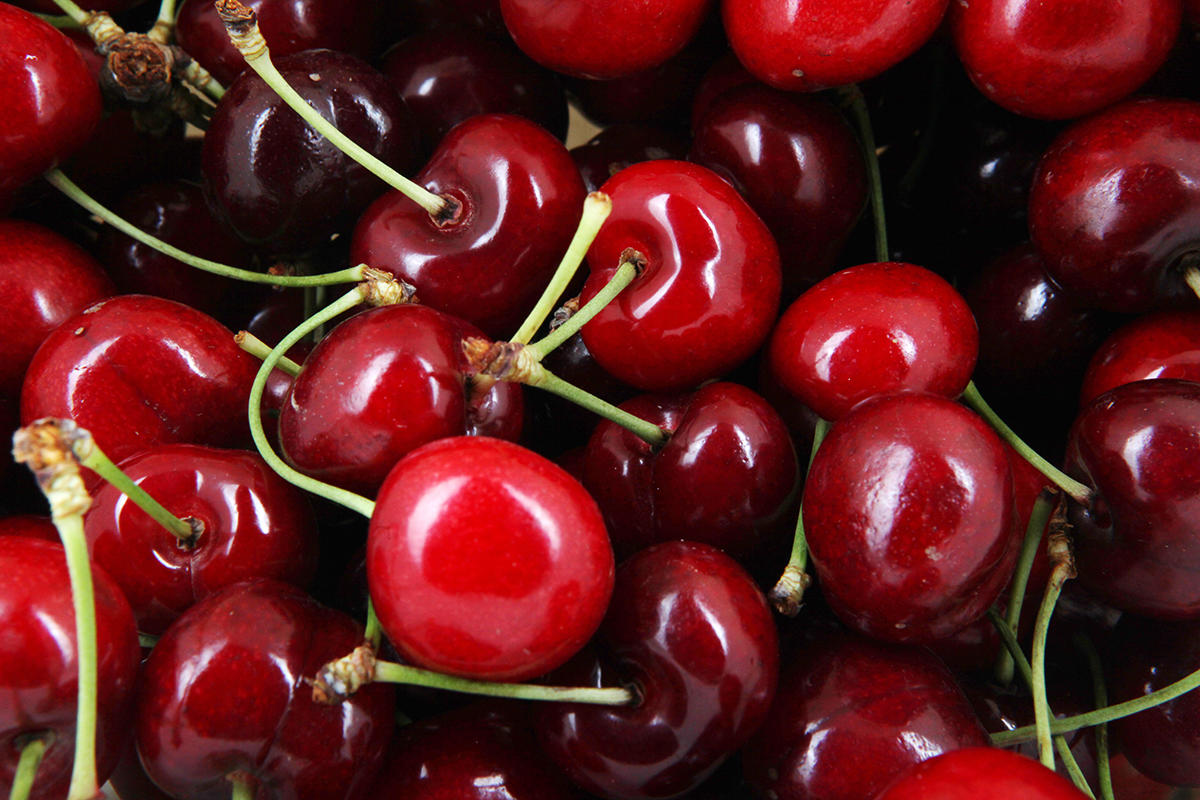Introduction
Inflammation is the body’s defense system against invaders like bacteria and viruses. It helps the body repair damaged tissues and is triggered by both the immune and nervous systems. Acute inflammation starts quickly and may last days or weeks. Symptoms may include redness, swelling, heat and pain in the affected area and can also spread throughout the body.
Acute inflammation is temporary until invaders are neutralized, and tissue is repaired. Chronic inflammation is generally slow onset and can last months or years. Chronic inflammation can affect the entire body, not just injured areas. It can destroy both invaders and healthy tissue. Inflammation in one area of the body may indicate inflammation in other areas. For example,those with gum disease have two to three times the risk of heart attack or stroke.
Persistent inflammation can damage tissues and organs and contribute to serious health conditions. Chronic inflammation is associated with an increased risk of cancer, diabetes, heart disease, Alzheimer’s disease, pulmonary diseases, neurological disorders, and autoimmune diseases, such as rheumatoid arthritis, multiple sclerosis and lupus.
Who’s at risk?Those with diabetes, autoimmune disease, high cholesterol, hypertension, anxiety or depression, or inflamed gums are likely to suffer from chronic inflammation. Others include those who are overweight or obese, have a family history of diabetes, cardiovascular disease, stroke or Alzheimer’s disease, and those age 40 or older.
Foods that promote inflammation
Many foods can contribute to chronic inflammation and the development of harmful compounds produced when fat or protein combines with sugar in the bloodstream. These harmful compounds, called advanced glycation end products (AGEs), can lead to or complicate a chronic disease. The impact these foods have on inflammation depends on the quality of a person’s diet. Foods and ingredients that can contribute to chronic inflammation include:
- Excess omega-6 fatty acids from overconsumption of vegetable oils, which are often used in processed baked goods, fried foods and salad dressings.
- Saturated fats increase all inflammation markers and reduce the anti-inflammatory effects of high-density lipoprotein cholesterol, or HDL, also known as the “good” cholesterol. Saturated fats can be found in meats, dairy and other animal products, some baked goods and cookies, and many processed foods.
- Trans fats block receptors for healthy anti-inflammatory fats. Although the U.S. Food and Drug Administration prohibits trans fats in foods, many shelf-stable foods like crackers, cereals and cookies may still contain trans fats. Fried foods and dairy contain trans fats.
- Sugar increases the harmful advanced glycation end products. Sugar also increases insulin, which facilitates fat storage in the midsection. Belly fat, or visceral fat, produces inflammatory substances.
- Refined grains increase C-reactive protein, a liver protein that signals inflammation in the body. Refined grains also digest rapidly, causing insulin spikes and promoting fat storage.
- Red meat and other animal products contain arachidonic acid, saturated fats and cholesterol, all of which increase inflammation.
- Processed meats, such as hot dogs and lunch meats, contain inflammatory chemicals used in preservation.
- Food additives, such as monosodium glutamate (MSG) and aspartame, can trigger inflammatory responses in sensitive individuals.
- Alcohol can cause inflammation of the esophagus, larynx and liver. It may increase gum disease, which is associated with heart disease.
Free radicals and AGEs
Oxidative stress is an imbalance of high free radicals and low antioxidant defenses. Free radicals are molecules with one or more unpaired electrons, making them unstable and highly reactive. They seek out and steal electrons from healthy tissues, damaging cell membranes and DNA.
Advanced glycation end-products, or AGEs, are proteins or fats that react with sugars to create a toxin that causes inflammation, damages tissues and inhibits circulation. These end products are associated with accelerated aging and the development of chronic diseases.
Foods that prevent or lower inflammation
Fruits and vegetables contain carotenoids, flavonoids and fiber, which all reduce inflammation. Berries are high in polyphenols and anthocyanins, which lower C-reactive proteins. Tart cherries have the highest anti-inflammatory properties.
Resveratrol is a powerful antioxidant that reduces inflammation.
Resveratrol prevents the oxidation of LDL cholesterol and helps keep arteries clear of plaque. Resveratrol is found in dark grapes, red wine and peanuts.
Cruciferous vegetables and dark leafy greens contain high concentrations of vitamins, minerals and antioxidants associated with lowering inflammation. Chewing raw greens, such as when eating a salad, helps the body produce nitric oxide. This compound widens arteries for improved blood circulation and lower blood pressure.
Omega-3 fatty acids, found in flax and chia seeds and fatty fish, such as salmon, mackerel and tuna, are anti-inflammatory. Omega-6 fatty acids, found in vegetable oils, nuts and seeds, can also be good for the heart and protect against heart disease. One ounce of walnuts, pecans, almonds and hazelnuts provides daily essential omega-3 and omega-6 fatty acids in the appropriate ratio. Reduce the use of oils in cooking since heating oils create damaging free radicals. One way to reduce your ratio is to limit the use of soybean and canola oil (often used in cooking) and look for dressings containing omega-3-rich walnut and flaxseed oil. Keep in mind that heating walnut or flaxseed oil creates damaging free radicals.
Whole grains contain polyunsaturated oils, protective antioxidants like vitamin E and selenium, and fiber, all of which reduce inflammation. These are also found in nuts and seeds, which contain anti-inflammatory omega-3 fatty acids. The best way to get whole grains is to cook with intact grains, such as quinoa, millet, teff, barley, wild rice, wheat groats and steel-cut oats. Choose 100% whole grains in flour or grain products.
Legumes (dried beans) are high in protein and fiber and low in fat and calories. This combination reduces C-reactive protein levels and aids in weight loss. Isoflavones, found in soybeans, can lower inflammation in women.
Alliums, such as garlic, onions, leeks and shallots, are anti-inflammatory. Use these daily to spice up casseroles, soups, beans and vegetables. Choose fresh over dried or bottled.
Spices, such as turmeric, ginger, rosemary and cloves, reduce inflammation. Other spices that have a lesser anti-inflammatory effect include oregano, cinnamon and cayenne pepper. Cook with these spices instead of salt.
Sea vegetables, such as wakame, kombu, nori, dulce and Irish moss, contain anti-inflammatory compounds like beta-carotene, chlorophyll and omega-3 fatty acids.
Best practices
Consume mostly plant foods. Build your meals around legumes for protein and greens for nitric oxide, B vitamins and fiber. Add cruciferous veggies and spices to taste. Finish the meal with various fresh berries and other darkly colored fruit.
Aim for intact and 100% whole grains, such as quinoa, millet, amaranth, steel-cut oats and teff. Vary your grains to derive benefits of flavor, texture, fiber and nutrition profiles.
Reduce calories. Reducing your calories by 10- 30% can reduce inflammation. Cells that promote inflammation release a “signaling molecule” (called a cytokine), and research has shown that reducing calories lowers signs of those cytokines.
Lose weight. Excess body fat, especially visceral belly fat,releases pro-inflammatory chemicals, contributing to diseases like heart disease and diabetes.
Identify food allergens and sensitivities. Food allergens can cause redness, swelling, hives, fever, eczema and even severe, life-threatening allergic reactions. Seek professional assistance in determining food allergies.
Food sensitivities can be less severe and difficult to determine. Inflammation due to food sensitivities is usually chronic and can contribute to disease development. This inflammation can cause headaches, joint pain, fatigue, nasal congestion and sleep disturbances.
Vitamin D. Low vitamin D levels are associated with increased inflammatory markers, joint pain and morning stiffness. Patients taking steroids for arthritis have significantly lower vitamin D levels. Ethnicity and geographic location may also influence vitamin D levels. Have your vitamin D level tested annually. Expose skin for 10 minutes daily to direct sunlight or supplement your diet with 1,000 to 5,000 international units of vitamin D daily
References
Antioxidants. The Nutrition Source, Harvard TH Chan School of Public Health.
Antioxidants in Depth. National Center for Complementary and Integrative Health, National Institutes of Health.
Aragno, M., R. Mastrocola. 2017. Dietary sugars and endogenous formation of advanced glycation endproducts: Emerging mechanisms of disease. Nutrients.
Chai, W., Y. Morimoto, R. Cooney, et al. 2017. Dietary red and processed meat intake and markers of adiposity and inflammation: The multiethnic cohort study. Journal of the American College of Nutrition.
Cheng, C.K., J.Y. Luo, C.W. Lau, et al. 2019. Pharmacological basis and new insights of resveratrol action in the cardiovascular system. British Journal of Pharmacology.
C-reactive protein test. Patient care & health information, tests & procedures. Mayo Clinic.
Fritsche, K. 2015. The Science of Fatty Acids and Inflammation. Advances in Nutrition.
Garay-Sevilla, M.E., A. Rojas, M. Portero-Otin, J. Uribarri. 2021. Dietary AGEs as exogenous boosters of inflammation. Nutrients.
Gum disease and heart disease: The common thread. 2021. Harvard Medical School, Harvard Health Publishing.
Hussain, T., B. Tan, Y. Yin, et al. 2016. Oxidative stress and inflammation: What polyphenols can do for us? Oxidative Medicine and Cellular Longevity.
Kelley, D.S., Y. Adkins, K.D. Laugero. 2018. A review of the health benefits of cherries. Nutrients.
Lidder, S., A. Webb. 2013. Vascular effects of dietary nitrate (as found in green leafy vegetables and beetroot) via the nitrate-nitrite oxide pathway. British Journal of Clinical Pharmacology.
Lobo, V., A. Patil, A. Phatak, et al. 2010. Free radicals, antioxidants and functional foods: Impact on human health. Pharmacognosy Reviews.
Masters, R., A.D. Liese, S.M. Haffner, et al. 2010. Whole and refined grain intakes are related to inflammatory protein concentrations in human plasma. Journal of Nutrition.
Meydani, S.N., S.K. Das, C.F. Pieper, et al. 2016. Long-term moderate calorie restriction inhibits inflammation without impairing cell-mediated immunity: A randomized controlled trial in non-obese humans. Aging.
Neto, H.A.P., P. Ausina, L. Gomez, et al. 2017. Effects of food additives on immune cells as contributors to body weight gain and immune-mediated metabolic dysregulation. Frontiers in Immunology.
Pahwa, R., A. Goyal, P. Bansal and I. Jialal. 2021. Chronic inflammation. Stat Pearls.
Red meat, TMAO and your heart. 2021. Harvard Medical School, Harvard Health Publishing.
Robertson, R.C., F. Guiheneuf, B. Bahar, et al. 2015. The anti-inflammatory effect of algae-derived lipid extracts on lipopolysaccharide-stimulated human THP-1 macrophages. Marine Drugs.
Ruiz, H.H., R. Ramasamy, A.M. Schmidt. 2020. Advanced glycation endproduts: Building on the concept of the “common soil” in metabolic disease. Endocrinology.
Simopoulos, S. 2002. The importance of the ratio of omega-6/omega-3 essential fatty acids. Biomedicine and Pharmacotherapy.
Taking aim at belly fat. 2021. Harvard Medical School, Harvard Health Publishing.
Wang, H.J., S. Zakhari, M.K. Jun. 2010. Alcohol, inflammation and gut-liver-brain interactions in tissue damage and disease development. World Journal of Gastroenterology.
Why you should pay attention to chronic inflammation. Cleveland Clinic, Health Essentials.
Yin, K.,D.K. Agrawal. 2014. Vitamin D and inflammatory diseases. Journal of Inflammation Research.
Zhu, F., F. Du, B. Xu B. 2018. Anti-inflammatory effects of phytochemicals from fruits, vegetables, and food legumes: A review. Critical Reviews in Food Science and Nutrition.



